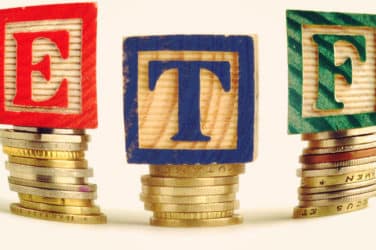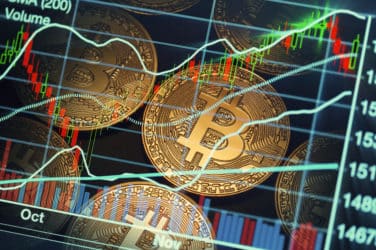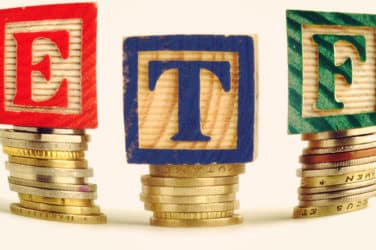We were pleased to receive responses to our 2016 US ETF Investor Survey from 175 financial advisors and institutional investors across the country. This year’s survey indicated that investors are finding new ways to use ETFs, which is a result of a maturing industry. Investors have more options to choose from, more ways to use ETFs tactically in a portfolio, with more considerations than ever before.
One of the key findings that came out of the report is that investors continue to adopt smart-beta funds. Of the respondents who bought a smart-beta fund this year, 23% replaced a plain vanilla index fund, 19% replaced an actively-managed fund, and 11% replaced a satellite strategy. An overwhelming 97% said that they plan to either maintain or add to their smart-beta allocations in 2017. Smart-beta continues to be an attractive option for investors who want to own products in the middle of the traditional passive and active spectrum. With more smart-beta options available, investors have more choices to meet their needs, whether that’s the potential for improved diversification, lower costs, better risk adjusted returns, or all of the above. When we asked respondents which ETF strategies they were considering for equity exposure, 44% said minimum volatility, while 42% said quality. This is different from the responses we received last year, where we saw more demand for fundamental strategies.
This shift in factors suggests that investors may be using smart-beta ETFs to position portfolios during periods of market uncertainty (e.g. Brexit, US election). It was also interesting to see how investors are generating income. As yields from traditional income sources like government and corporate bonds have tightened over the past 12 months, investors are looking more to dividend paying equities, real estate investment trusts, and high-yield debt to provide regular payouts.
Not surprisingly, there was a 9% increase of investors who are using high-yield debt, while interest in investment grade corporates fell by 14%. This year also saw an increase in environmental, social, and governance (ESG) ETFs, with about a dozen new products coming to market in the US3 however, only 37% of investors stated that ESG factors are important when selecting an ETF. In our European ETF Investor Survey earlier this year, 52% of respondents said the same. This may reflect different regulatory pressures in Europe that may favor ESG factors, plus a difference in cultural views regarding sustainability; however, we do think that interest in ESG products in the US may increase as millennials and younger generations – many of whom are more comfortable using ESG screens in their portfolios – start making more investing decisions. When it comes to ETF investors’ concerns, 67% said that liquidity in the fixed-income market was a main issue for them, up from 63% in 2015. Sponsors could alleviate these concerns by offering more investor education. In fact, 67% of respondents do seek out educational product information from their ETF sponsors.
Additional detail for ETF sponsors can be found in the report that follows. We hope sponsors find these results noteworthy and consider them in conjunction with their product development plans, marketing, and distribution strategies as well as on-going client service and education efforts. Ultimately, it is clear from our research that investors are making use of the growing number of products on the market and that they’re interested in ETF innovation. We believe that the ETF market will continue to grow and play an even more important part in US portfolios.
The results suggest that not only will the ETF market continue to grow, but investors’ usage of ETFs continues to evolve and the products are becoming a cornerstone of their portfolios.
Key Findings:
• Smart-beta demand remains strong 97% of investors plan to maintain or add to their smartbeta positions next year.
• Minimum volatility and quality are the favored when selecting smart-beta ETFs Minimum volatility (44%) and quality strategies (42%) are top priorities when selecting a smart-beta ETF.
• Liquidity is top of mind 67% of respondents stated that liquidity is an important concern for fixed income ETFs.
• ESG factors are top of mind for some US investors 37% of respondents stated that ESG factors are important when selecting an ETF.
• ETF investors see the benefits of securities lending Nearly 2/3 of ETF investors would consider an ETF engaging in securities lending.
• Investors want more international fixed income and commodity ETFs Investors are looking for more options when it comes to ETFs with international fixed income and commodity exposure.
• Active fixed income gains favor For the third year in a row, more investors are looking for fixed income in actively-managed ETFs.
• Investors aren’t afraid of new ETFs 75% of investors are comfortable buying an active ETF with a track record of three years or less, and almost 2 out of 3 are comfortable with buying new passive ETFs in the first year.





